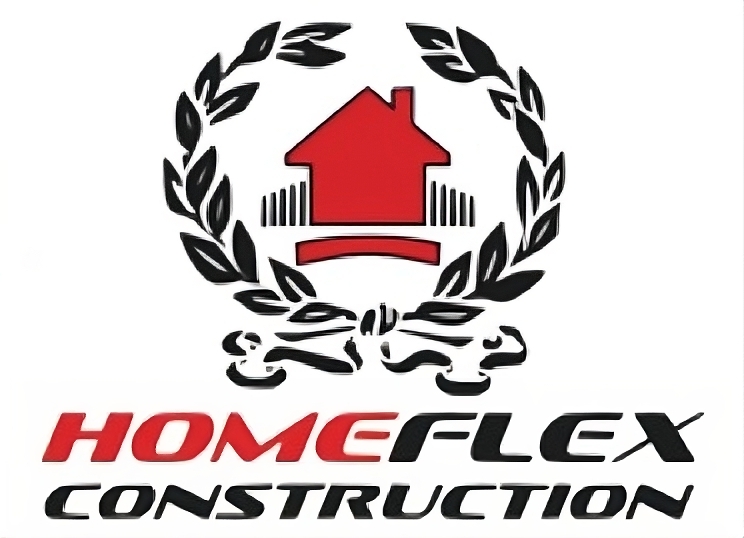Look, you gotta have a dry basement — it’s not optional. These basement waterproofing methods for homeowners are essential to keep your house strong, your air clean, and your property value high. But dealing with basements, especially in places like NYC with old bricks and rainstorms? Ugh, it’s a constant battle.
That damp smell, the sneaky mold, maybe even a straight-up indoor pool, even tiny drips cause huge, expensive headaches later.
Good news: fixing it isn’t black magic. It’s a smart move. We need to tackle that moisture before it turns your foundation into a nightmare. Get familiar with these methods. They’ll keep your space dry and comfy, whatever the forecast is.
Why You MUST Fix That Leak NOW
Seriously, skip the puddles part. Waterproofing protects the bones of your house. Water sneaking in causes cracks, rots wood, and basically weakens your concrete. It’s bad news, structurally speaking.
And that moisture? It’s a mold factory. Gross. It ruins your air, and it’s a huge health risk. You need a solution that laughs at hurricanes and snow melt.
1. Inside the House: Basement Waterproofing Methods for Homeowners
This is what you do when water is already winning.
Paint & Sealants: Band-Aids, but Useful
Simplest thing? Slap waterproof paint on the walls. It creates a barrier. It stops minor stuff from seeping through porous concrete.
My honest take: It’s a great fix for a damp spot, a temporary win. But it won’t stop actual leaks. Use it to back up bigger stuff. Not as your main strategy.
Interior Drains (The Famous French Drain)
Regular leaks? Pooling water? You need a system. Install an interior drain, like a French drain. It’s smart. It collects the water sneaking in and quietly sends it to your pump, which kicks it outside.
The Perk: Minimal disruption. Great for finished basements. It handles that pesky groundwater pressure really well.
Sump Pumps: The Actual Hero
Gotta have one. It sits in a pit, senses water rising, and blasts it away from your foundation. Lifesaver!
Pro Tip: You absolutely need a battery backup pump. When a storm knocks the power out, the pump is your only friend. Don’t cheap out here.
2. Outside the House: Stop the Water at the Source
This is the gold standard. We stop the water before it even touches your house.
Membranes and Coatings
You put tough, rubbery coatings on the outside of the foundation. Continuous barrier. Water stays out.
The Downside: Big excavation job. We gotta dig up the foundation, scrub the walls, and apply the stuff. It’s a mess, but you get max protection for the long haul.
Drainage Boards
Once the membrane is on, we add drainage boards. They just give water an easy slide down, relieving pressure and protecting the new membrane from the dirt settling back in.
Exterior French Drains
This drain circles the outside edge of your foundation. It catches groundwater and steers it away. Keeps pressure off the walls.
Best for: Sloped lots, or if your yard just holds too much water.
3. Fixing the Foundation: Close the Gates
Cracks are literal open doors for water. Shut them fast!
Epoxy/Polyurethane Shots
We inject those cracks from the inside with a strong, flexible resin. This stuff seals the leak and reinforces the wall.
- Epoxy: Use on dry, structural cracks.
- Polyurethane: Best for active leaks. It expands to fill every tiny wet gap.
Cement Coatings
For concrete block or poured walls, use a heavy cement-based coating. It’s tough, waterproof, bonds well to masonry, and makes a great backup layer.
4. Simple Yard Fixes: It All Starts Outside
Sometimes the foundation is fine; your yard is the problem!
Slope the Ground (Grading)
Seriously, check your yard. The dirt must slope away from the house. A little hill (like six inches over ten feet) makes a huge difference. Stops water pooling.
Gutters, Downspouts, Clean ’em Up!
Clogged gutters dump a waterfall right onto your foundation. Clean them regularly! And make those downspouts shoot the water at least five feet away from your wall.
Yard Drains
Got a low spot that always holds water? Install a catch basin or trench drain. It grabs the runoff and sends it somewhere safer, protecting the basement.
5. Dealing with Air: Humidity is the Enemy
Even without leaks, basements get damp. Condensation. Mold. You know the drill.
- Vapor Barrier: Put it on the walls or under the floor. Stops moisture from sneaking in through the surface.
- Dehumidifier: Get a good one. Keep the air between 40%–60%. Dry and comfortable all year.
Conclusion
Waterproofing is one of the smartest things you can spend money on. Especially here, where everything’s old and the weather is unpredictable. These basement waterproofing methods for homeowners can prevent leaks and costly foundation repairs.
You need to mix and match these methods, interior, exterior, and fix those cracks, for total protection.
If your basement smells musty, feels damp, or, worse, leaks, do not wait! Get a pro to look at it. Find a contractor who knows NYC soil and building rules. The right plan keeps your basement dry, your house strong, and your peace of mind intact for the long haul. Get it done!
